Project
Astley & Bedford Moss
Rewetting and Restoration Works
Client: Natural England and private Landowner
Final Value: £42,489
Start Date: Sep 2023
Finish Date: Nov 2023
Background
This project relates to a series of rewetting and restoration works carried out on Astley and Bedford Mosses, a SSSI designated lowland raised bog. These works are a continuation of works that were undertaken under a previous Higher-Level Stewardship (HLS) Agreement which was set up in 2012 and expired in 2021.
The aim of the project
The aim works was to improve the hydrology of the bog habitat by blocking internal surfaces ditches, clearing overgrown scrub from the site and creating water retaining bunds to raise water levels and promote the growth of bog vegetation.
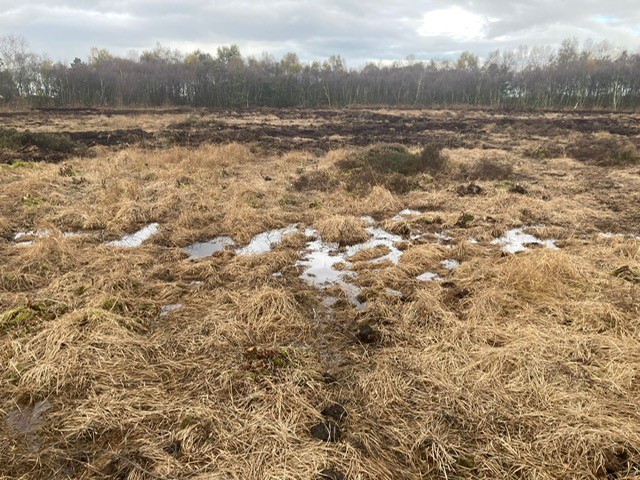

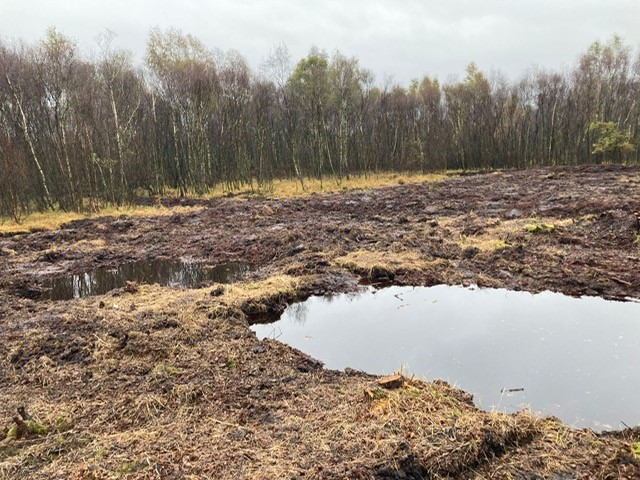

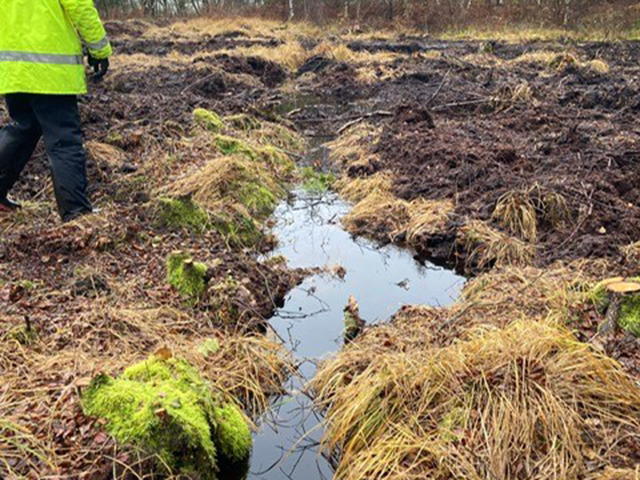

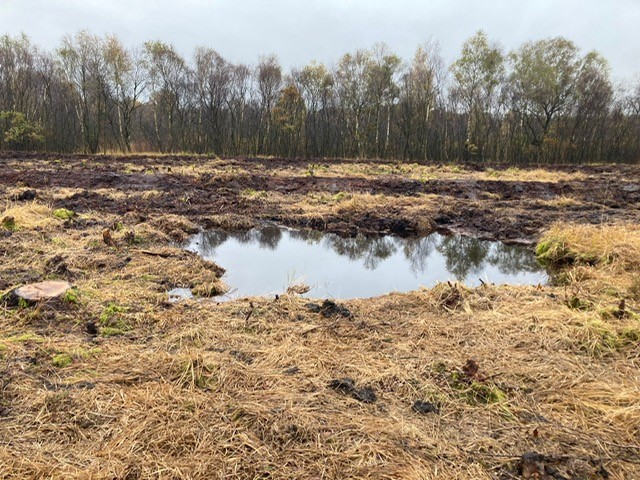

Background
Location of the site
The site lies adjacent to the Liverpool to Manchester railway, bordered on the other sides by agricultural land. It represents one of the largest remaining fragments of Chat Moss, a lowland raised mire some 25 square km in extent developed over tills and late-glacial flood gravels overlying Triassic sandstones of the Sherwood Sandstones Group. Existing areas of the site are mostly dominated by common cottongrass Eriophorum angustifolium and hare’s-tail cottongrass E. vaginatum with occasional Deergrass Trichophorum cespitosum.
Bog mosses not common on the site but Sphagnum cuspidatum, recurvum, tenellum, fimbriatum and subnitens occur in patches in the cottongrass, between tussocks of purple moor-grass Molinia caerulea or in and alongside some of the ditches. As the peat becomes drier, the mire habitat is replaced by sward of purple moor grass in which very few other species are present. Downy birch Betula pubescens also begins to establish quite frequently with the result that a large proportion of the site exists as a mixture of these two species. This community varies in density from a closed birch woodland to a savannah-like grassland with occasional trees.
Background of the site
Most of the original extent of Chat Moss has been drained and reclaimed for agriculture or cut over for peat such that Astley and Bedford Mosses, although also subject in the past to some of these impacts, are higher than the surrounding countryside and still retain a considerable depth of peat, above 90cm in the parcel for the proposed works.
The major habitats present are modified mire communities, heathland, woodland and acidic grassland, all developed over the cut peat surface and subject to variations of wetness according to the residual topography or drainage patterns. Importance of the SSSI Astley and Bedford Mosses are situated 14 km west of the centre of Manchester and 4 km south-east of Leigh.
CCNW Solution
Scope of works 1
Areas of Astley & Bedford Moss, particularly the parcel related to in this project, are still affected by low water levels resulting in the continued dominance of birch and Molinia so failing the favourable condition targets of the SSSI. Investigations into the hydrology and drainage system using 2018 aerial photography have identified an extensive drainage system that was not visible due to the thick scrub cover that was present at the time. Further investigation was needed during the restoration works to investigate the impact of drainage and to see if there are pipes below the grips as seen on other parts of the site.
The site required some intensive scrub removal to ensure that the re-wetting of the site can be effective this will involve felling and clearance of scrub/trees, including treatment with an appropriate herbicide.
Scope of works 2
There were two main areas for removal, one to extend the open area in the middle of the site to the left will be a direct extension for previous works carried out. The other area around the boundary of the site provides a 15m barrier from the edge of the site to new peat bunds. This will allow for the landowner to retain some trees around the edge of the site but also provide an effective reduction in scrub for the re-wetting works to be successful. A felling licence for forestry England was needed to carry out these works.
Bedford Moss is part of the Manchester Mosses SAC / SSSI, so it was critical to protect the sensitive bog habitat from enrichment or spillage of chemicals. CCNW meet UKWAS standards and have spill kits for all equipment on site at all times. Only herbicide permitted for use in water and wetland sites was used.
Tree and Scrub Clearance
All trees within the identified area were felled to ground level. The stumps were treated with an herbicide to stop regrowth. Due to the low nutrient requirements for lowland raised bog habitat, it was necessary to remove all felled timber to a designated area away from the bog area.
Scrub burning on site
Due to the difficulty of transporting arisings and brash on such a wet and boggy site the work was planned ahead of commencement to minimise the disturbance to any one area or very wet areas. CCNW chose to burn all arisings on site. Brash burning was used, on burning frame with a platform raised off the ground by at least 50cm. The resulting ash was removed from site and disposed of responsibly. All brash and arisings were moved by hand or low ground pressure vehicle.
Peat Bunding
The creation of low bunds were used to rewet the site. A total of 2486m of peat funding were introduced to form an interconnected network of bog cells, in turn re-wetting the site and enhancing bog habitat. This also created a wet woodland habitat and hydrological buffer to the bog, therefore helping to maintain the sites recovering status and in time return the site back to a favourable condition.
Special Features
Habitat Improvement Works
Services
Grassland Management
Cutting Back & Scrub ClearancePeat Bunding
Re-wetting





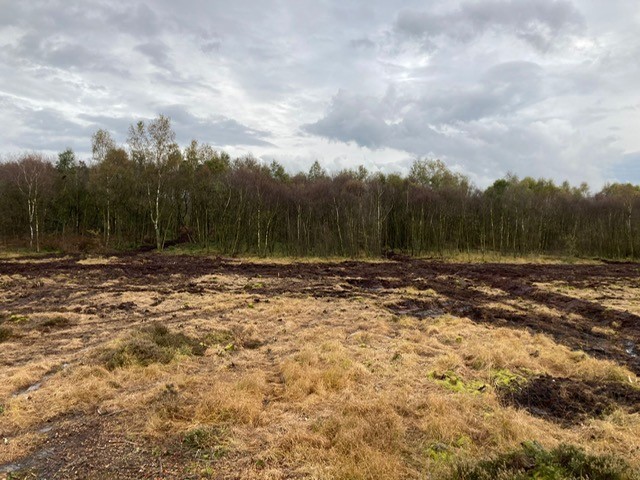
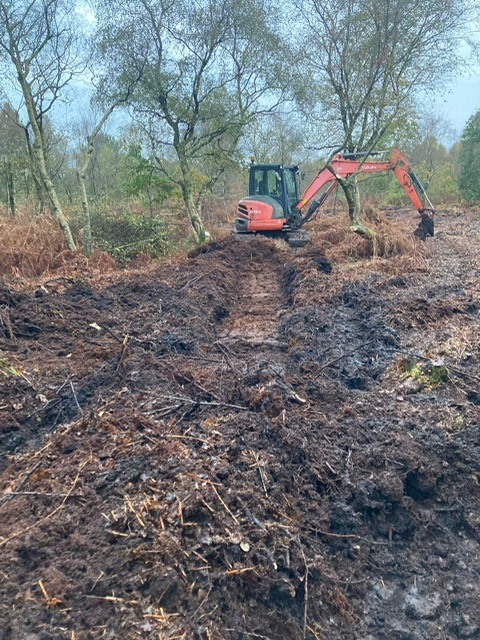


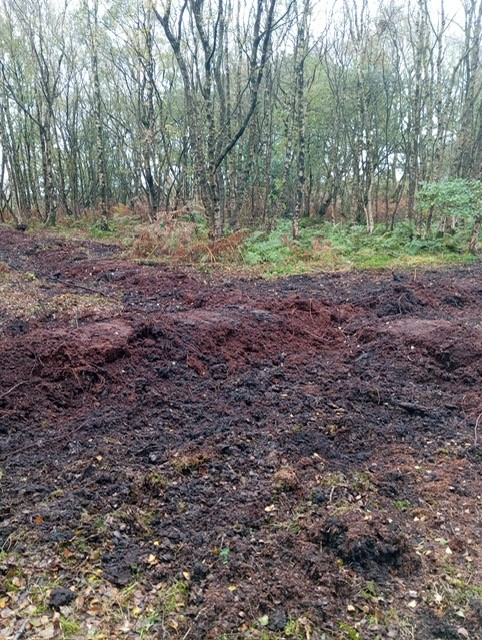
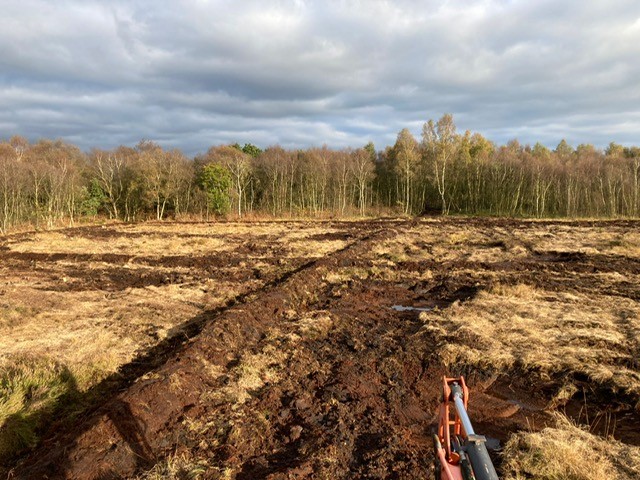

Start a conversation with us today

If you wish to sign up to our quarterly newsletter, please fill out the subscription below.
